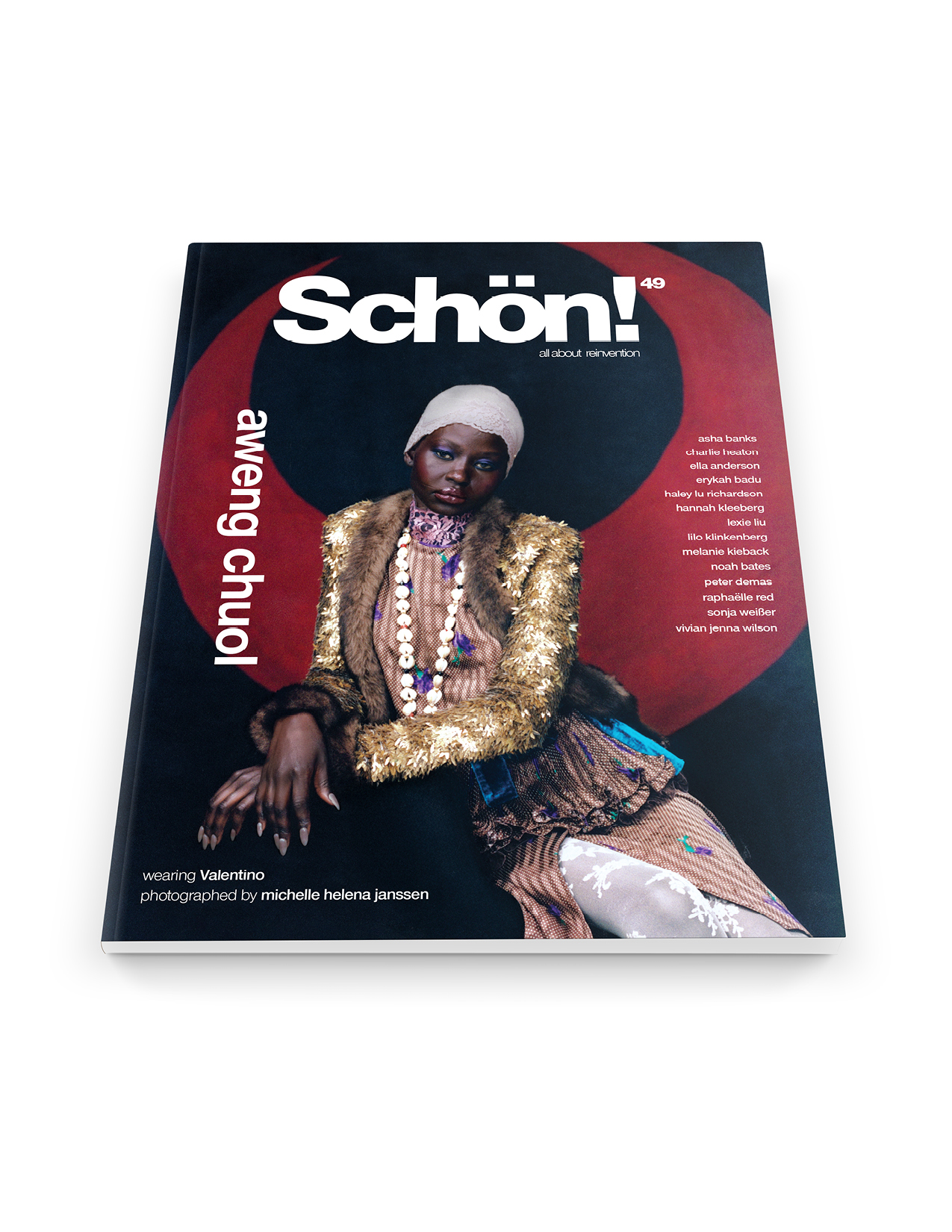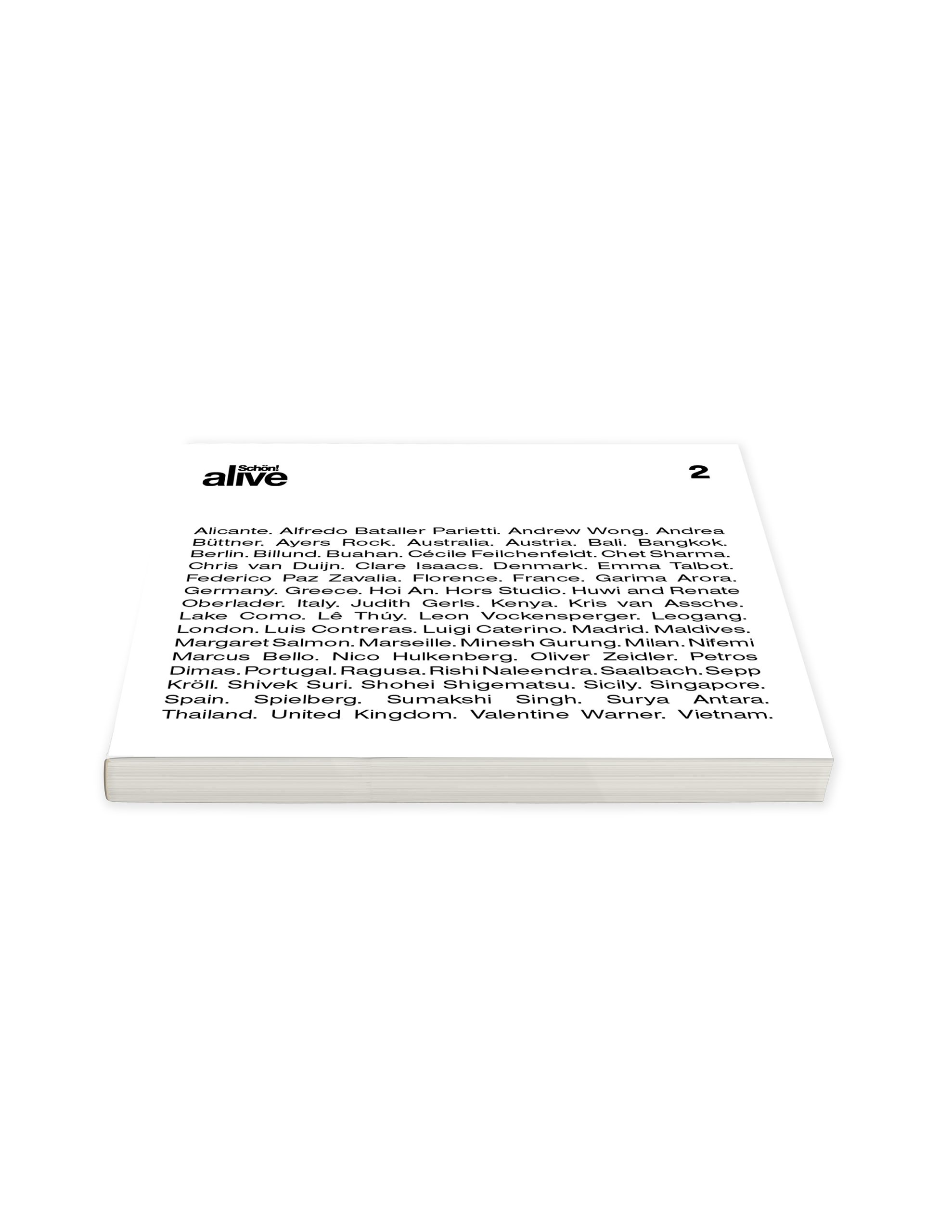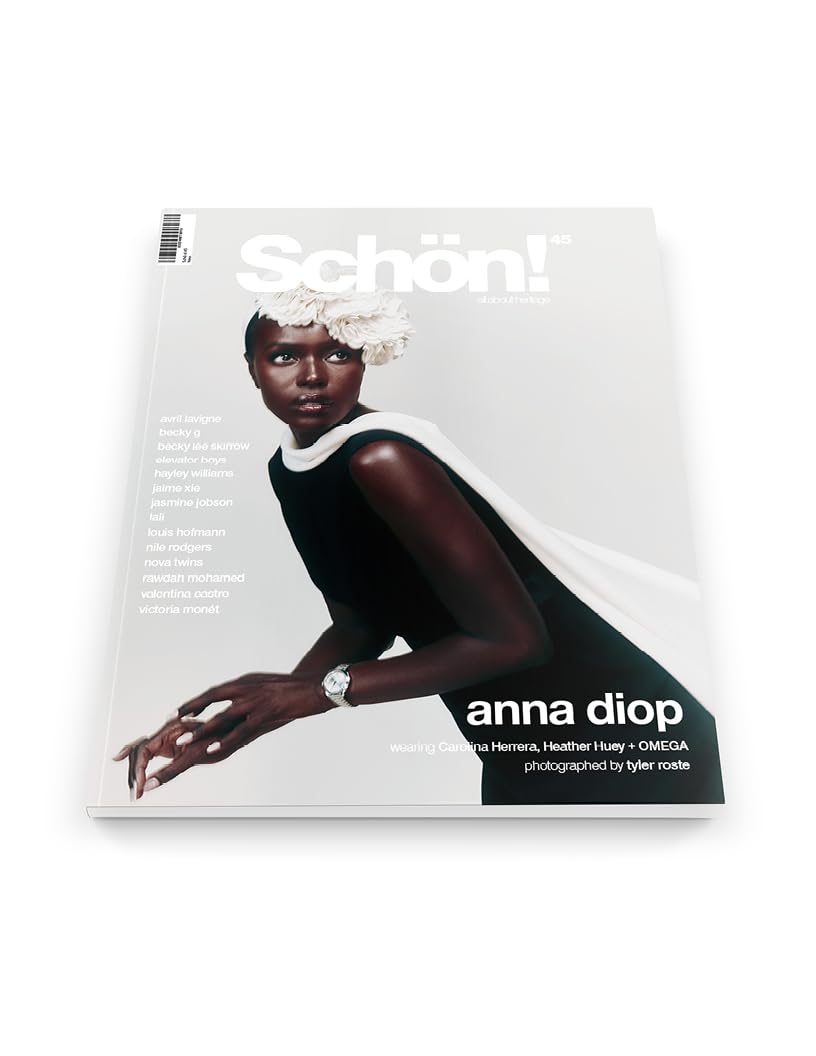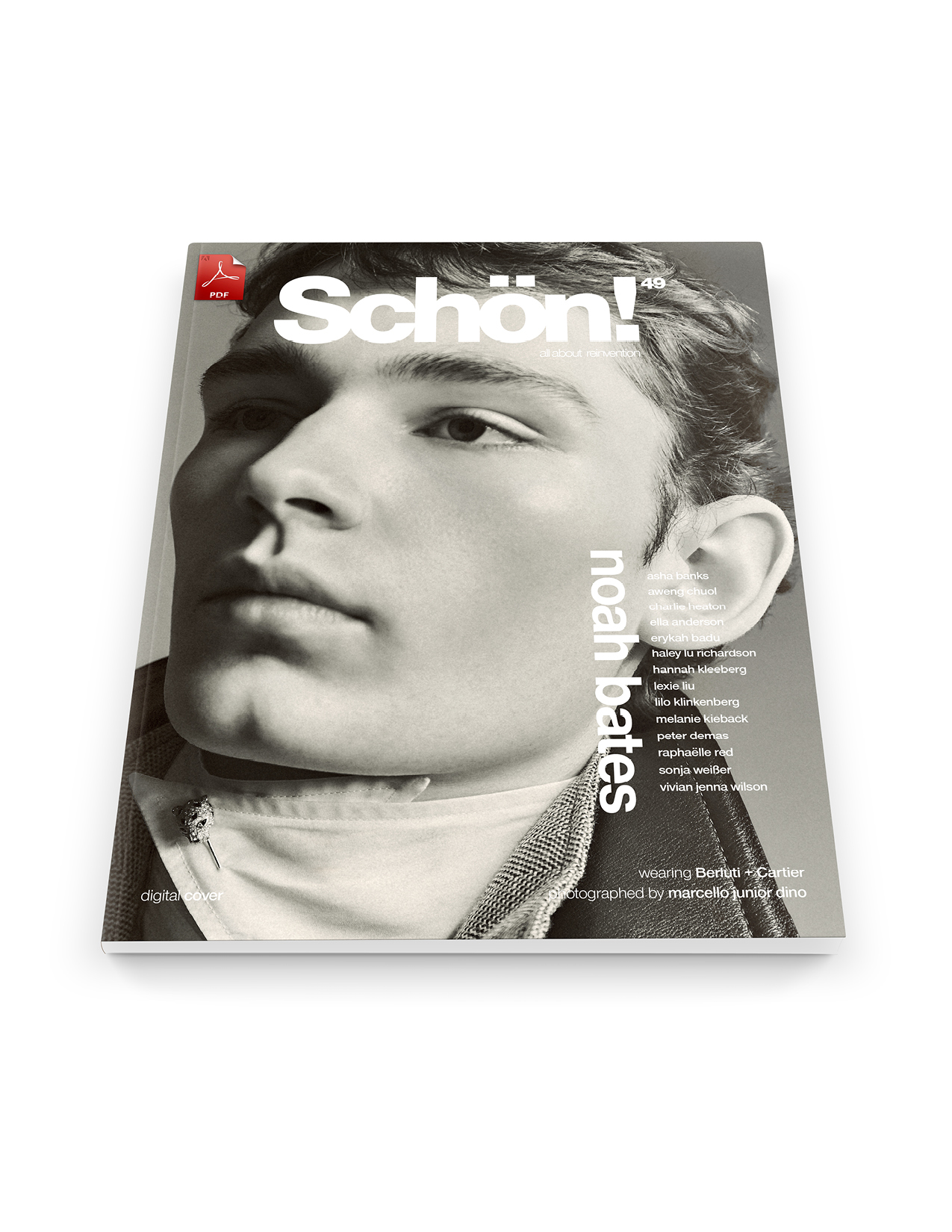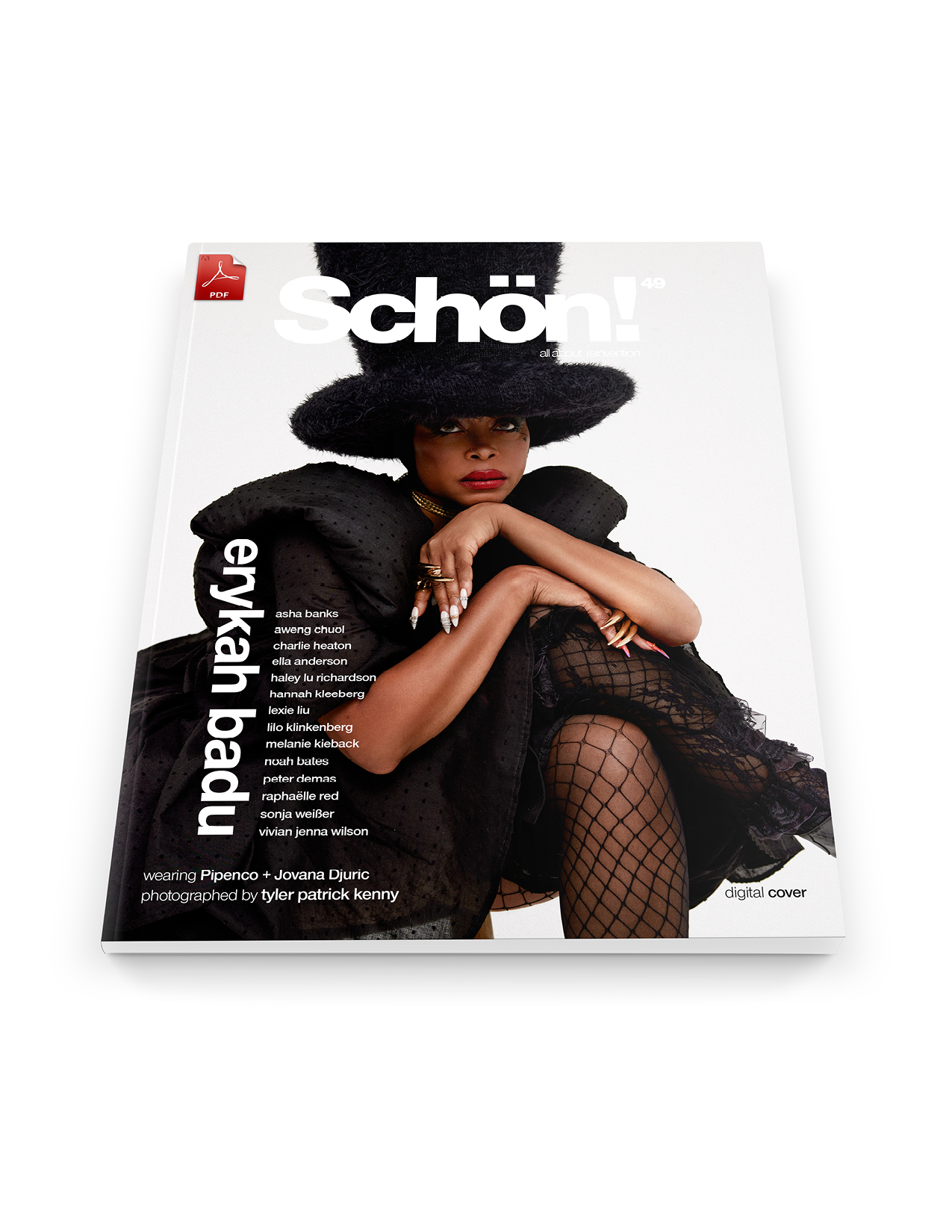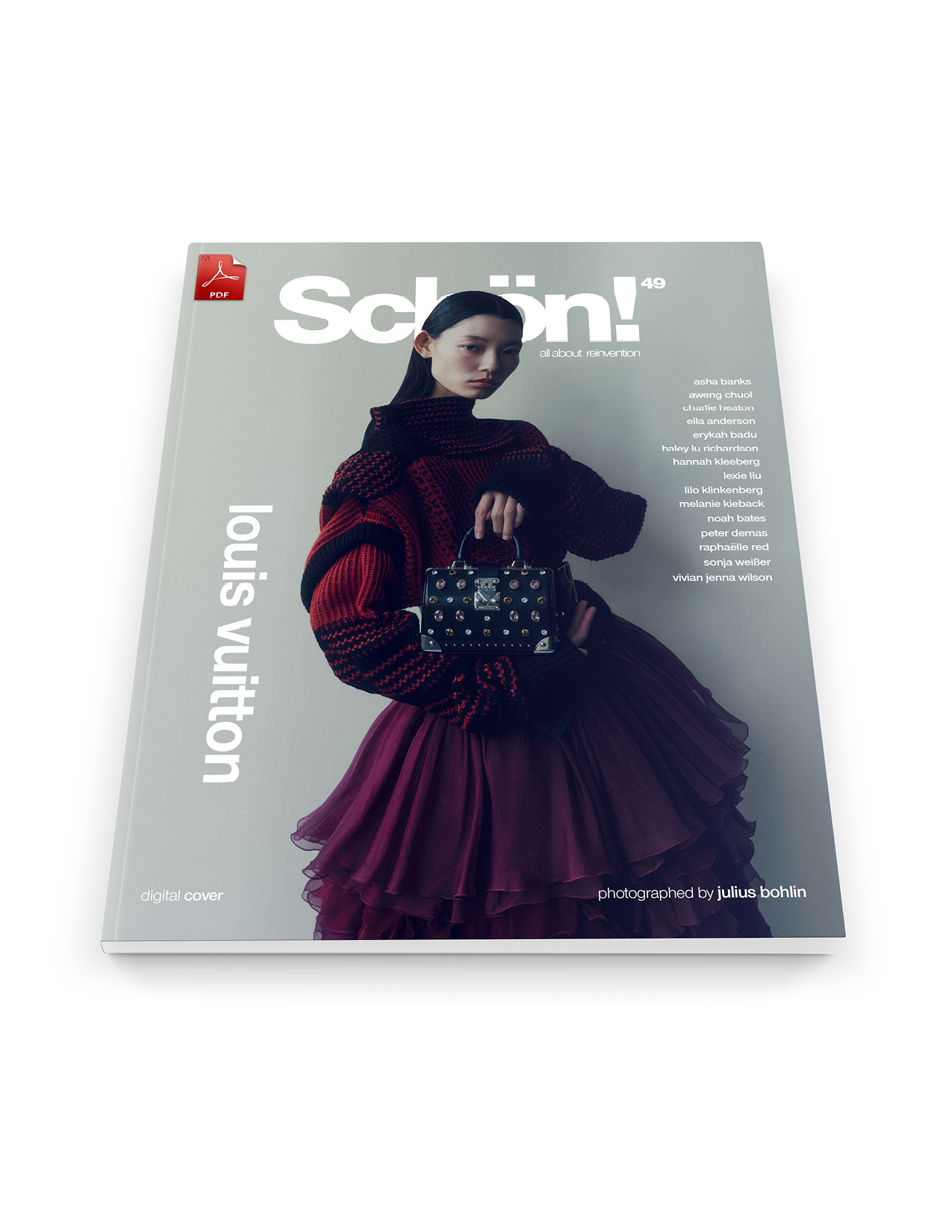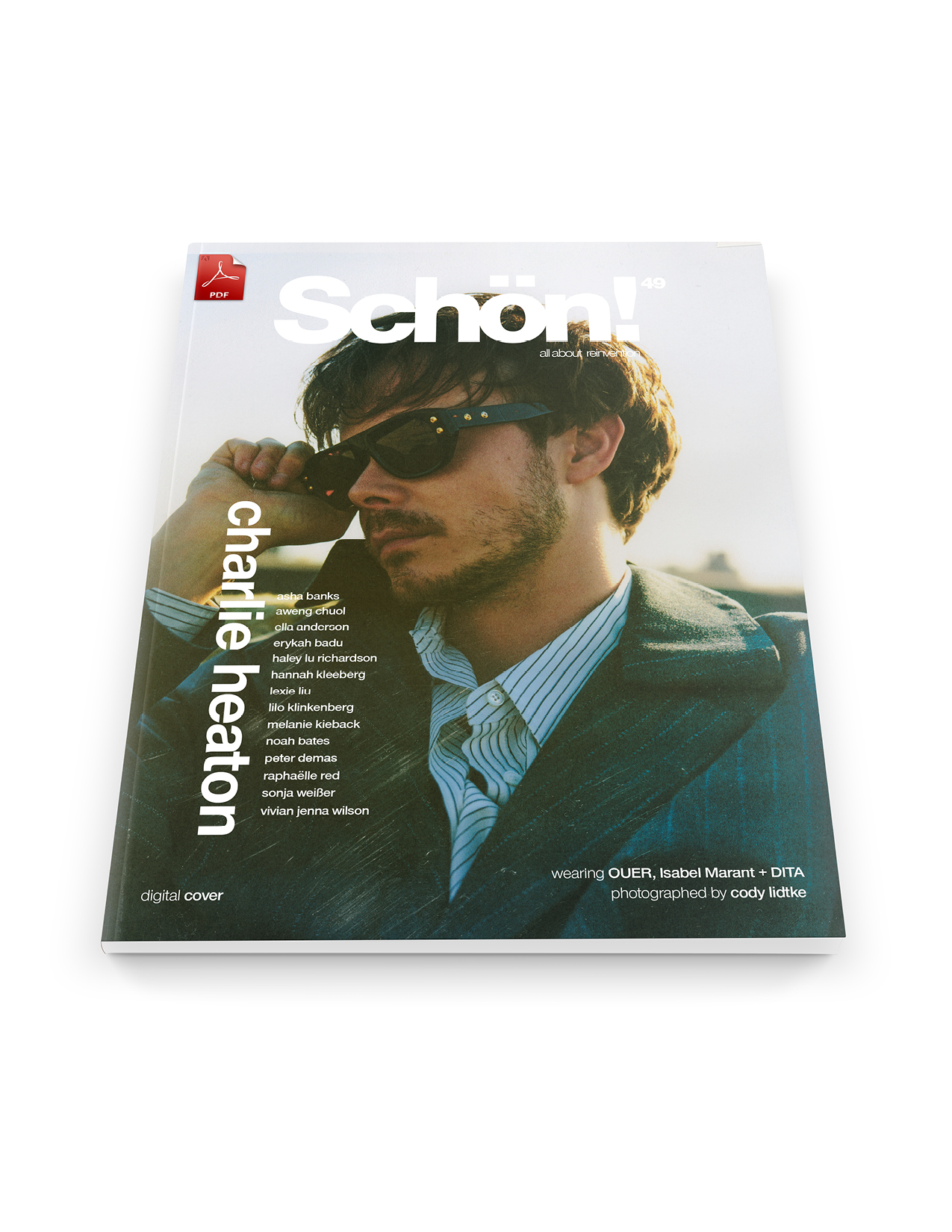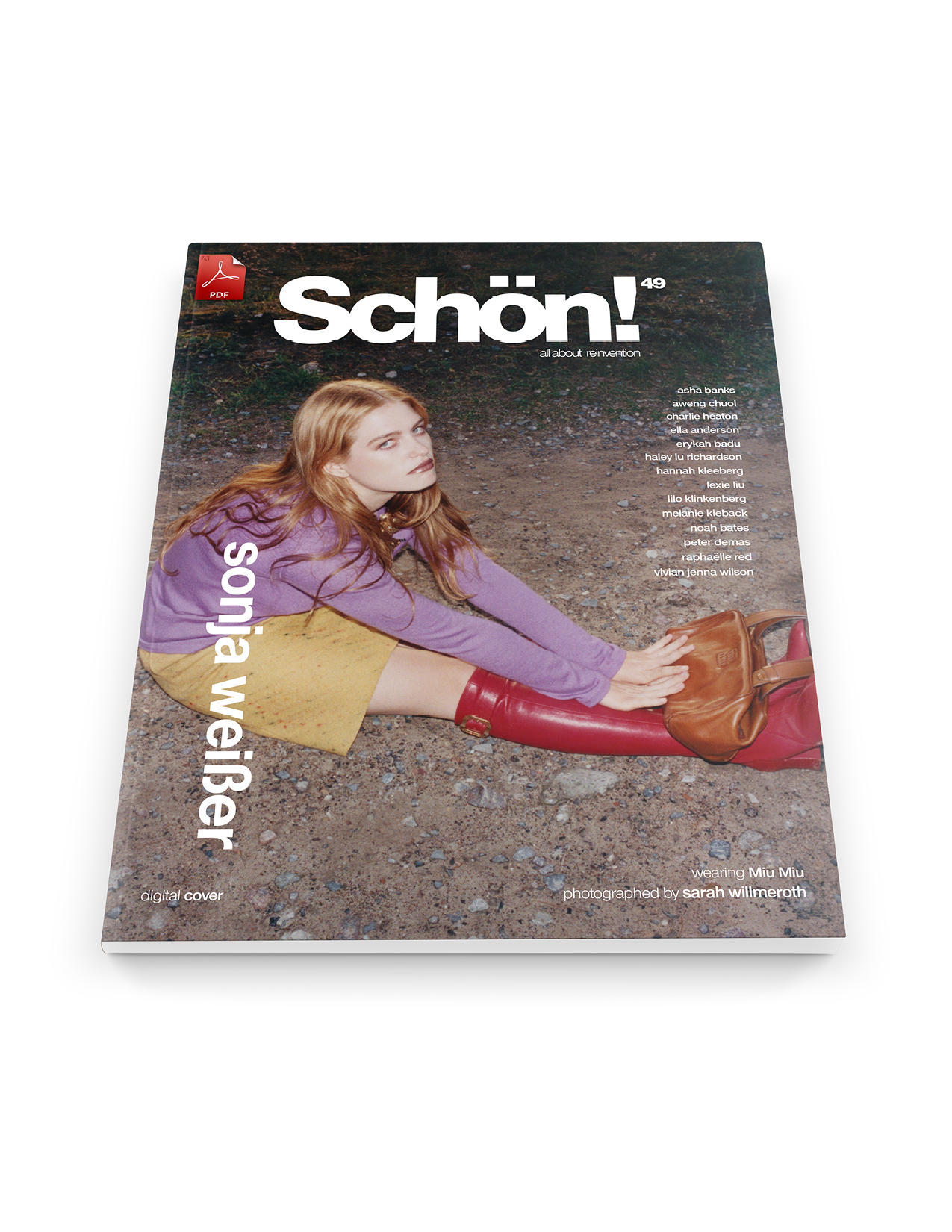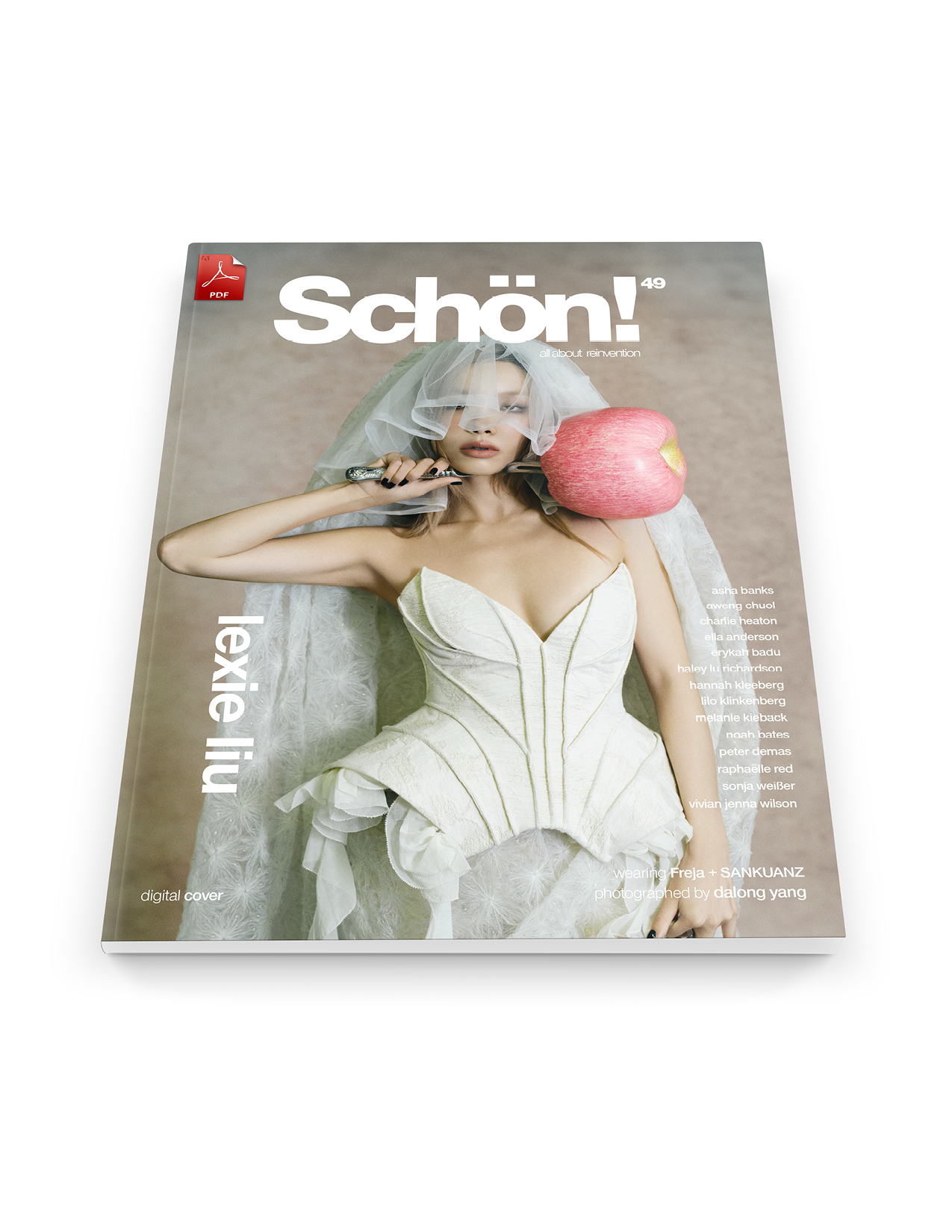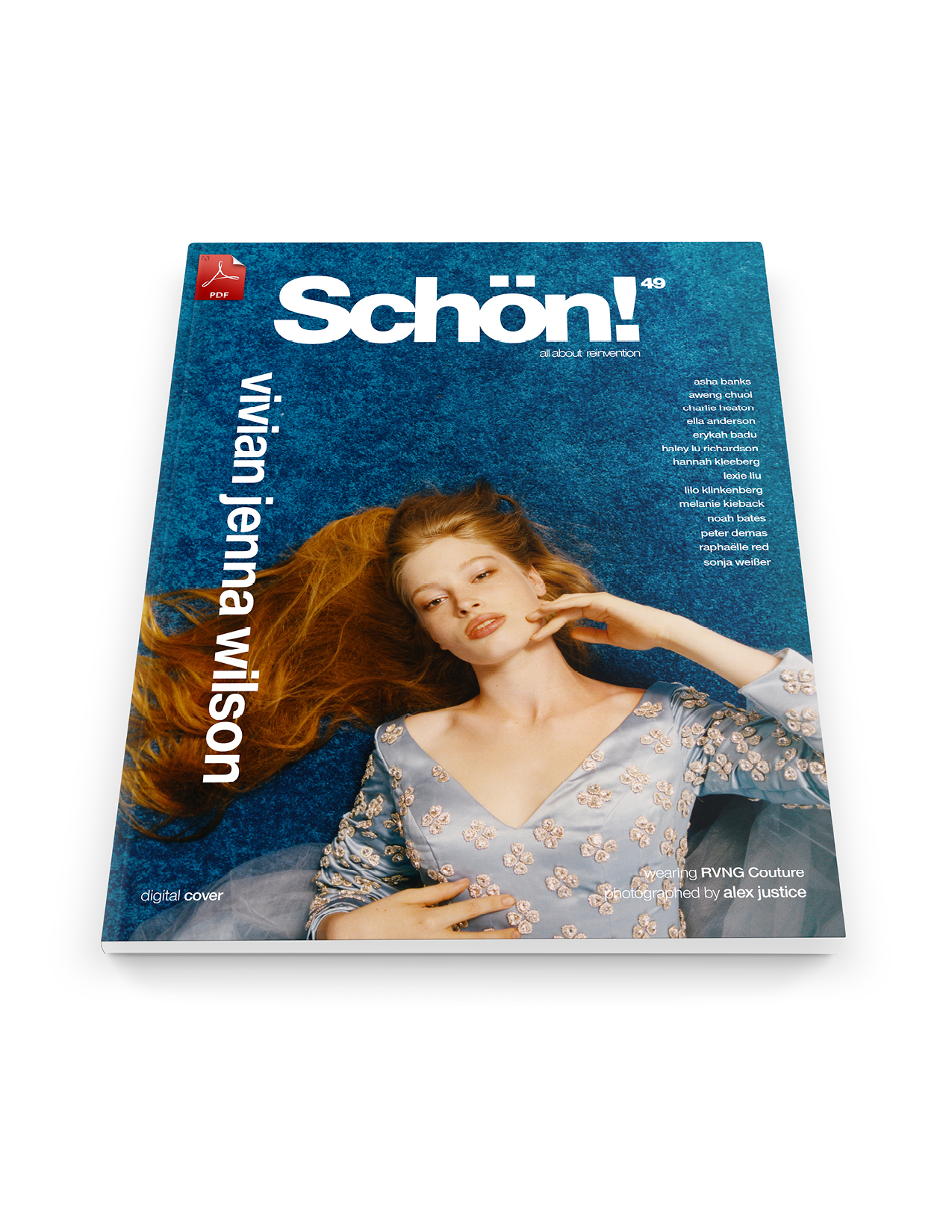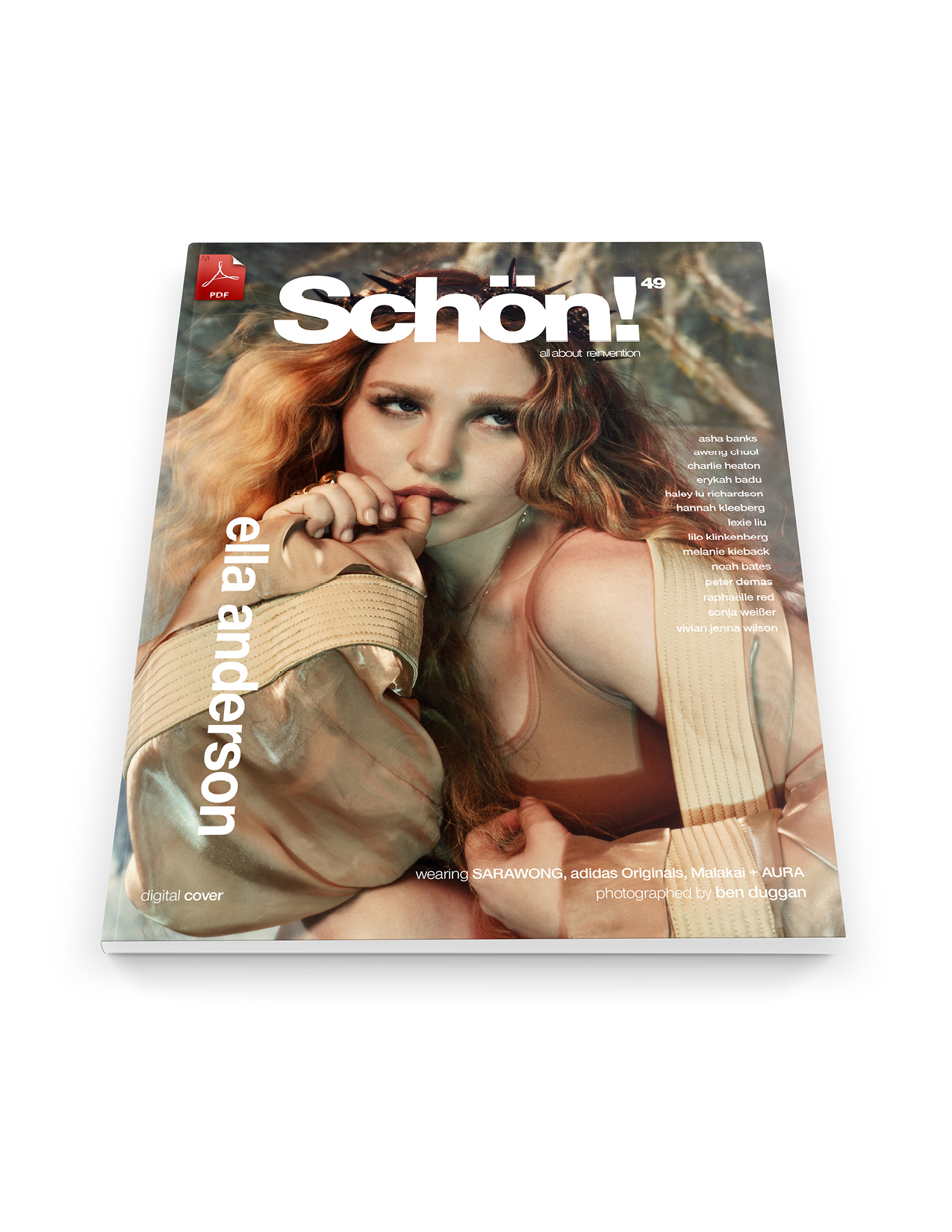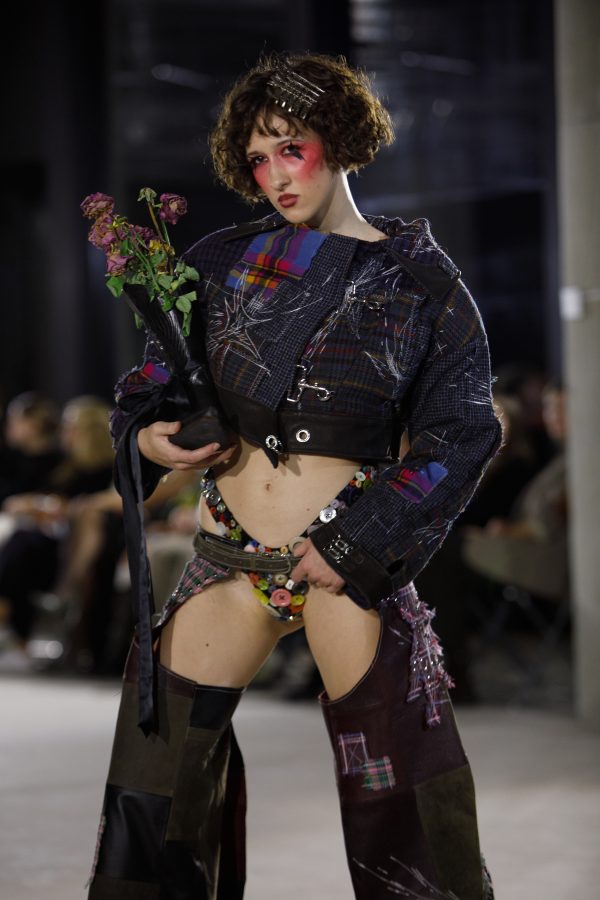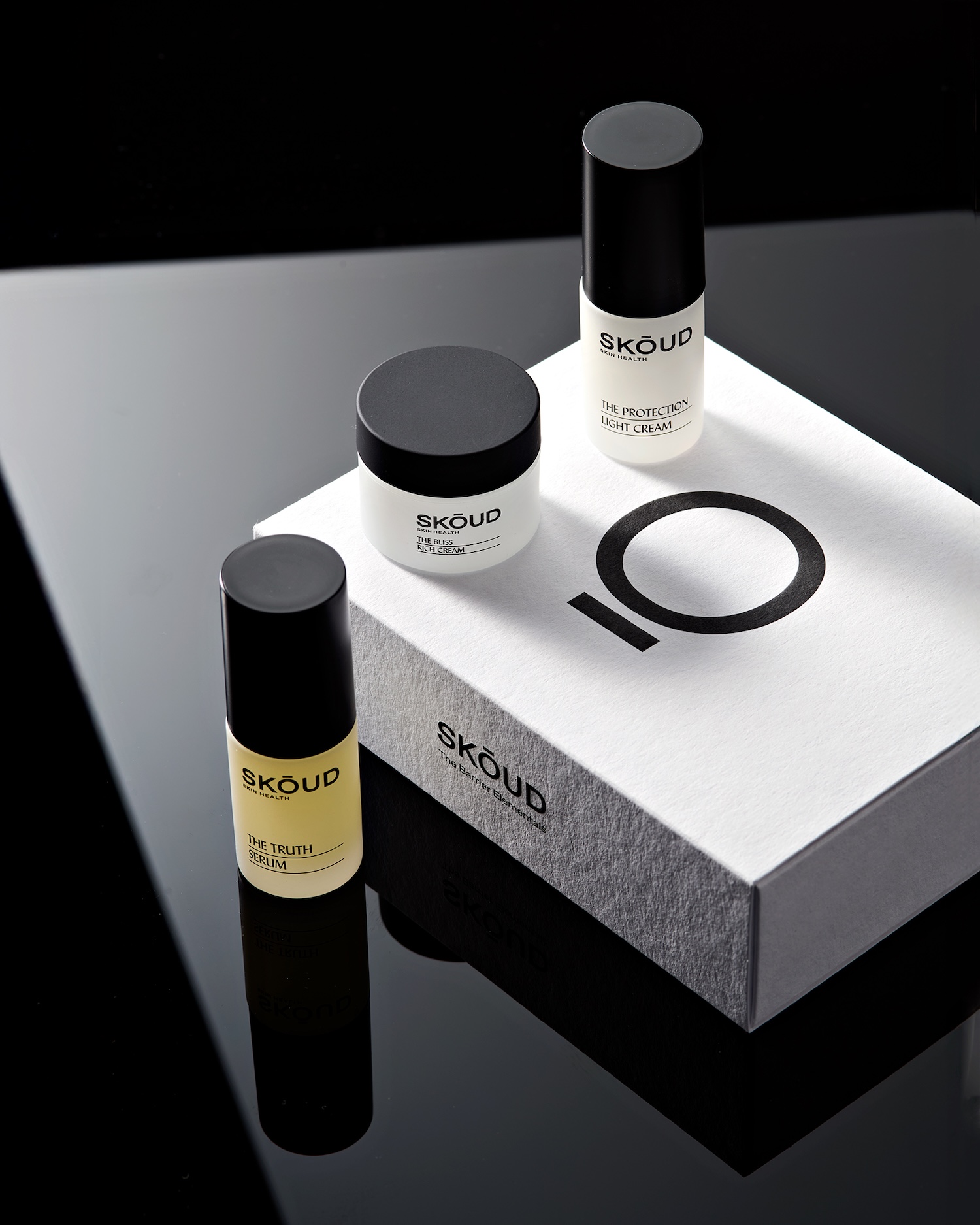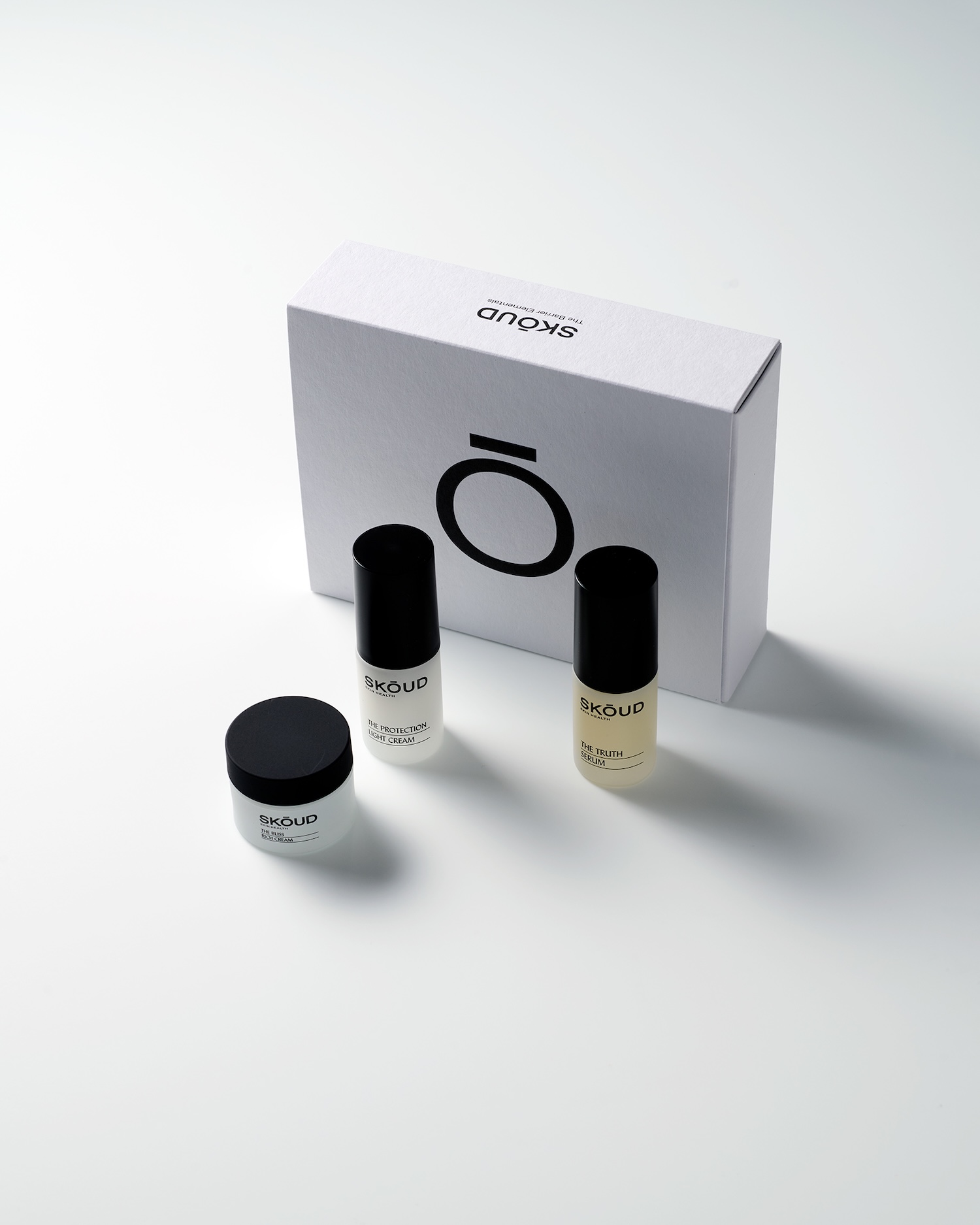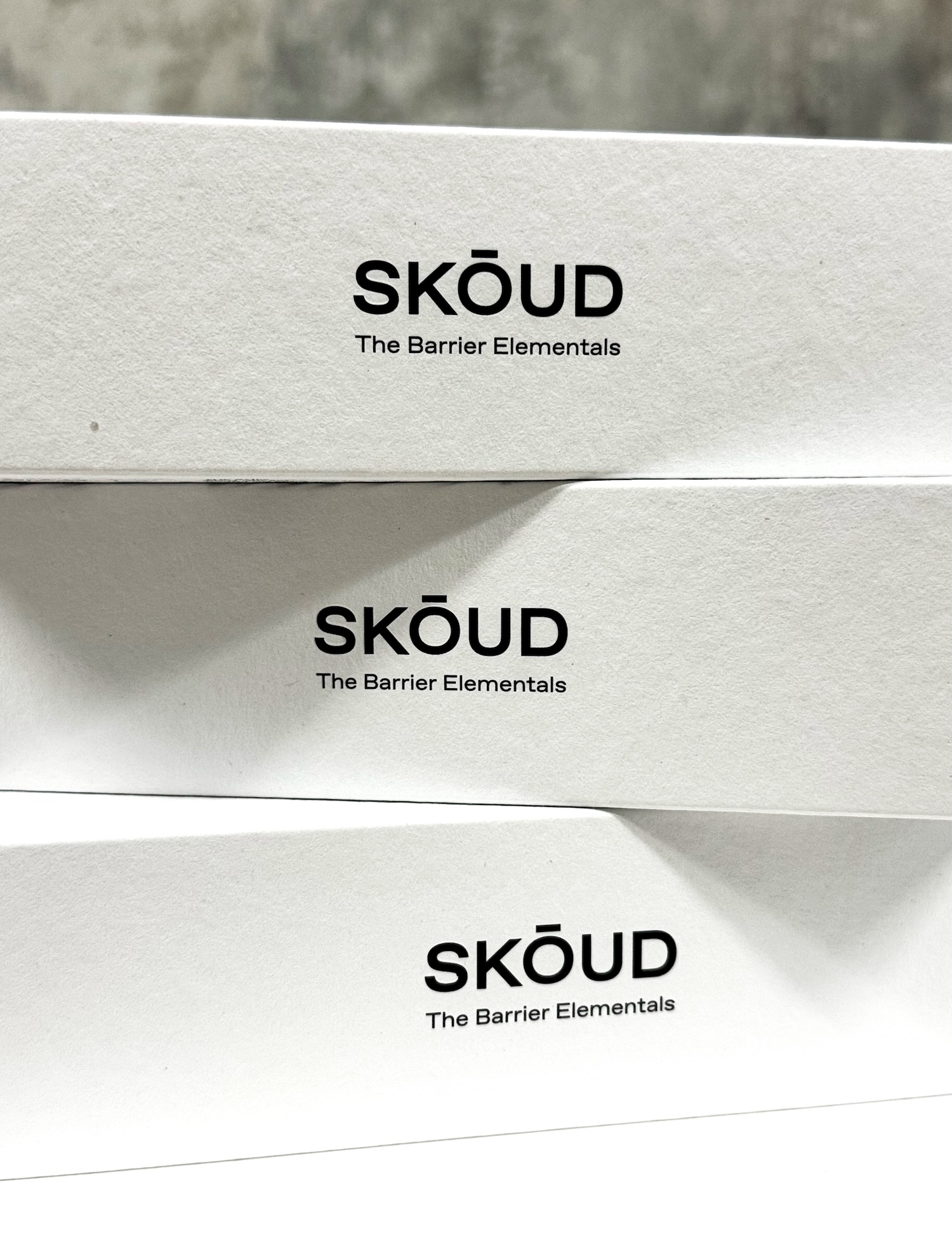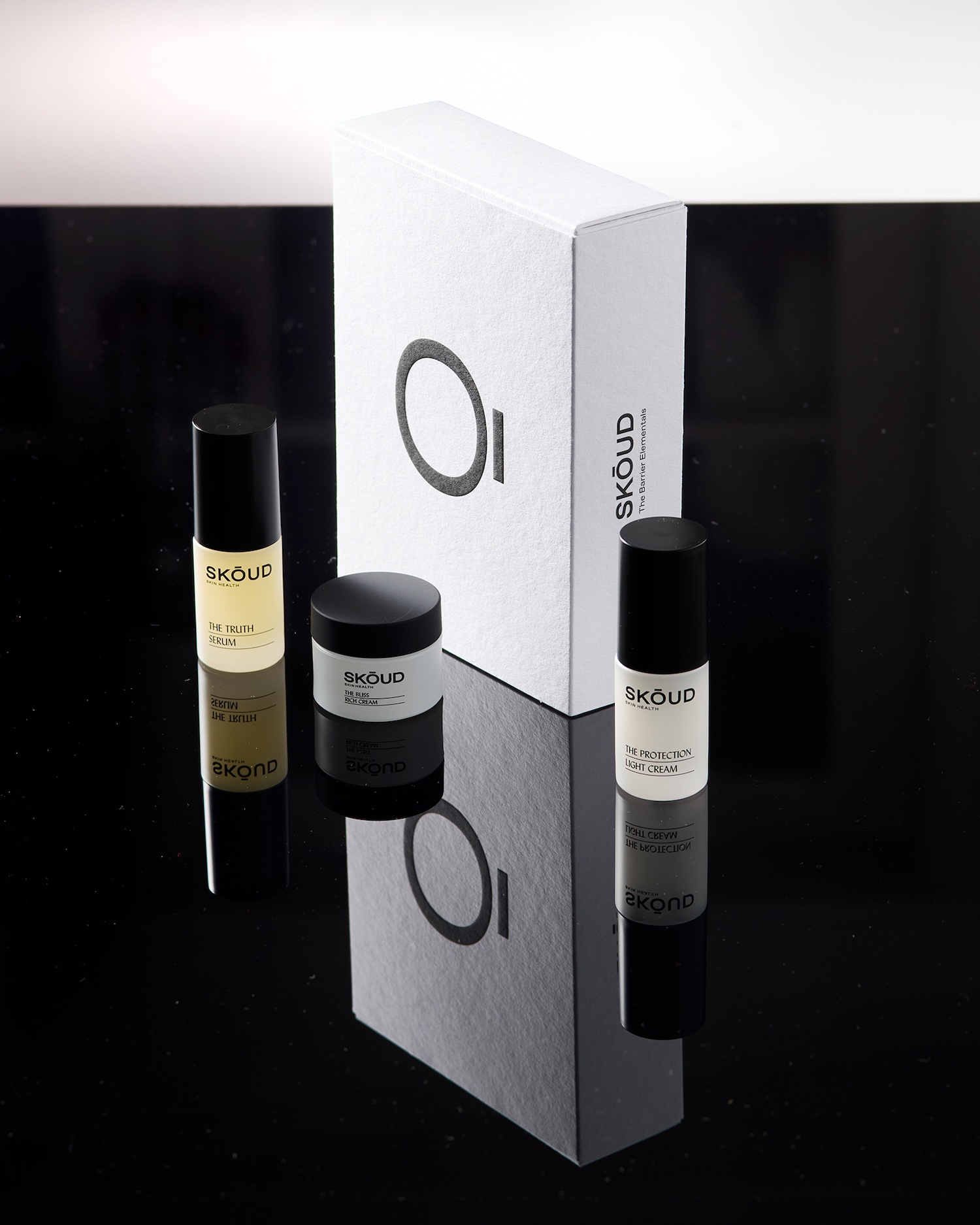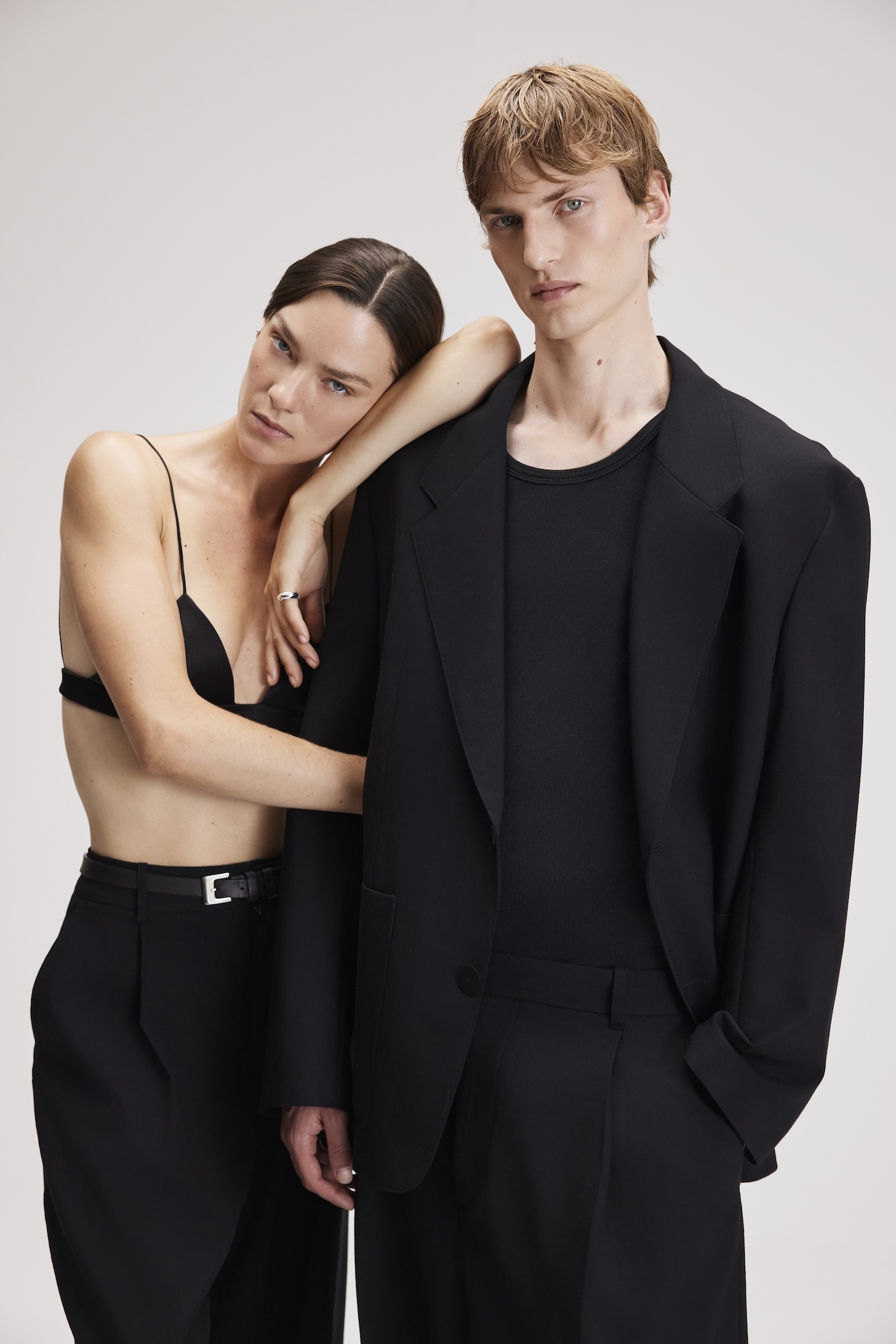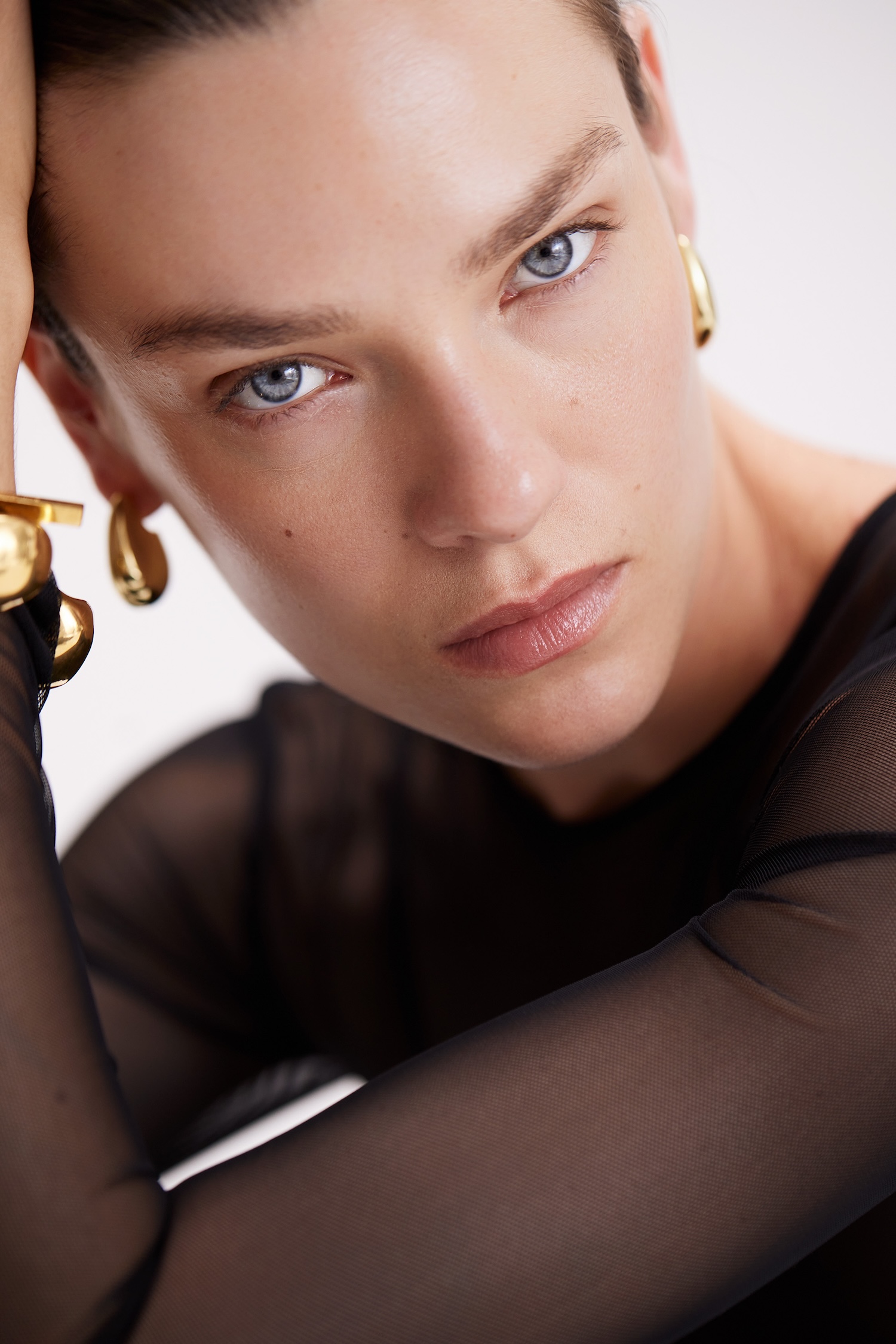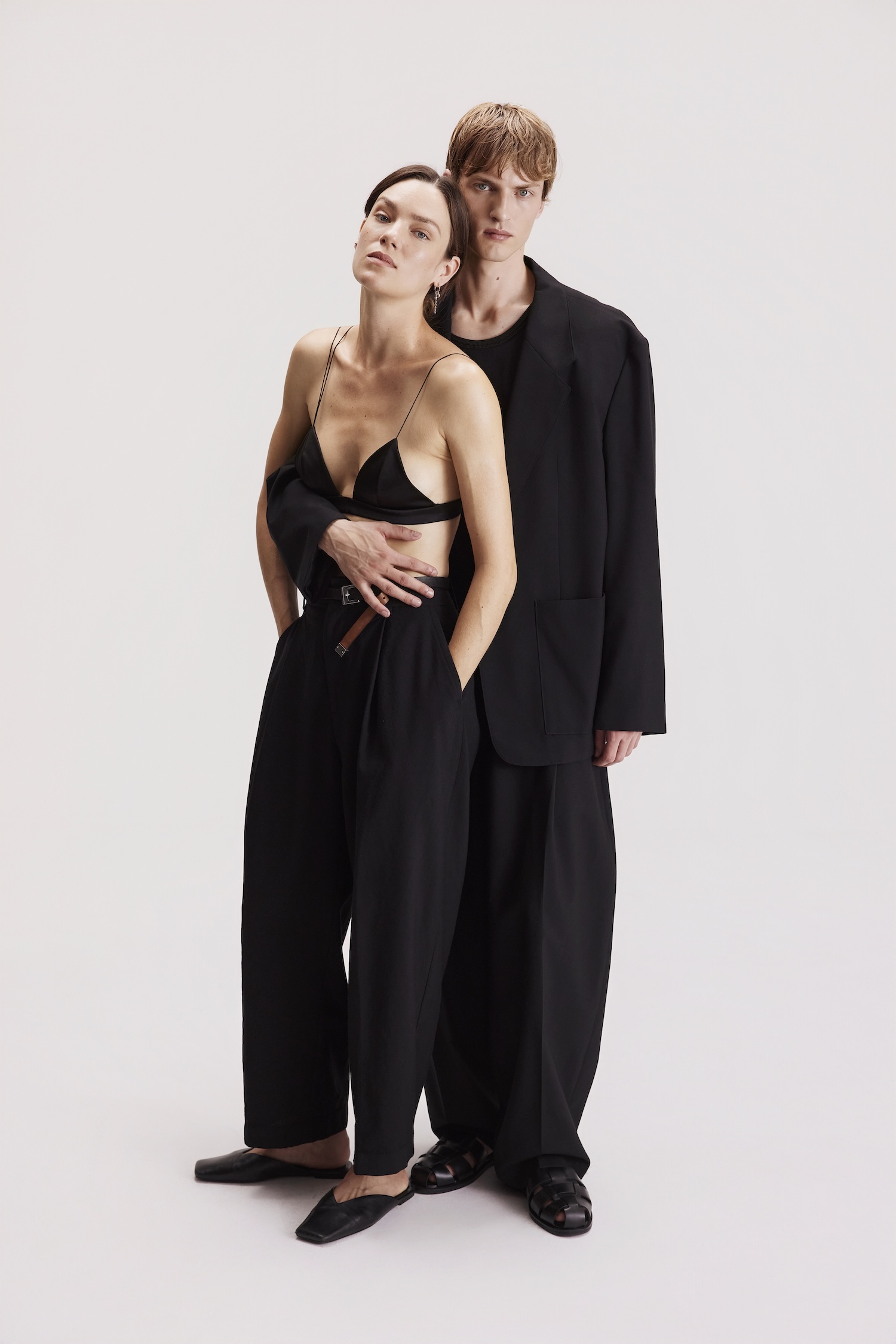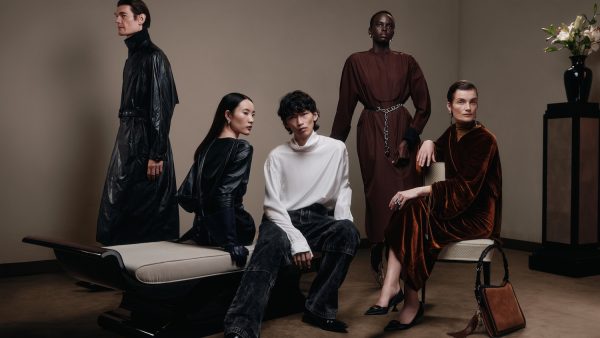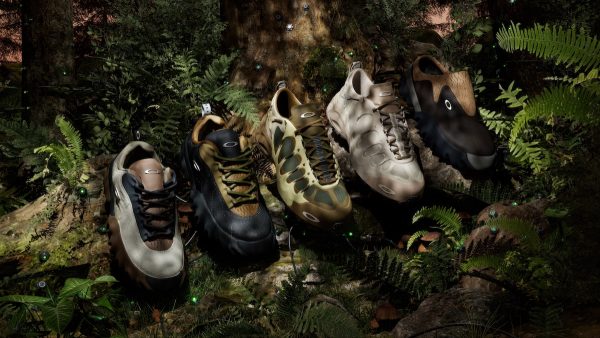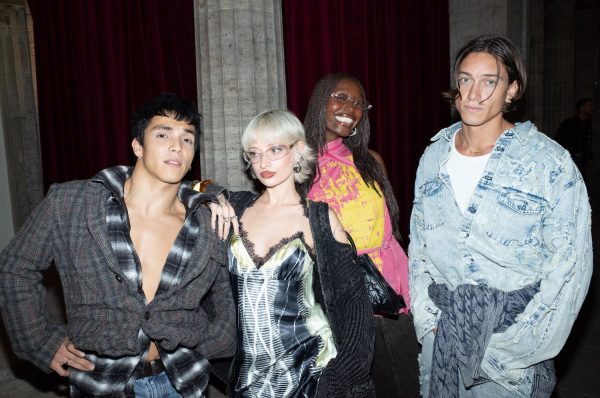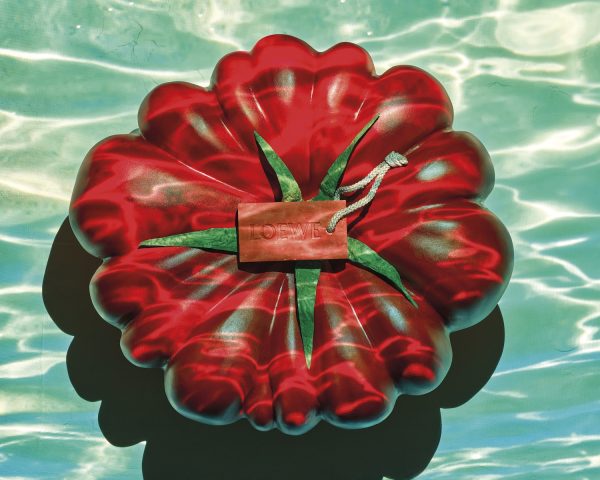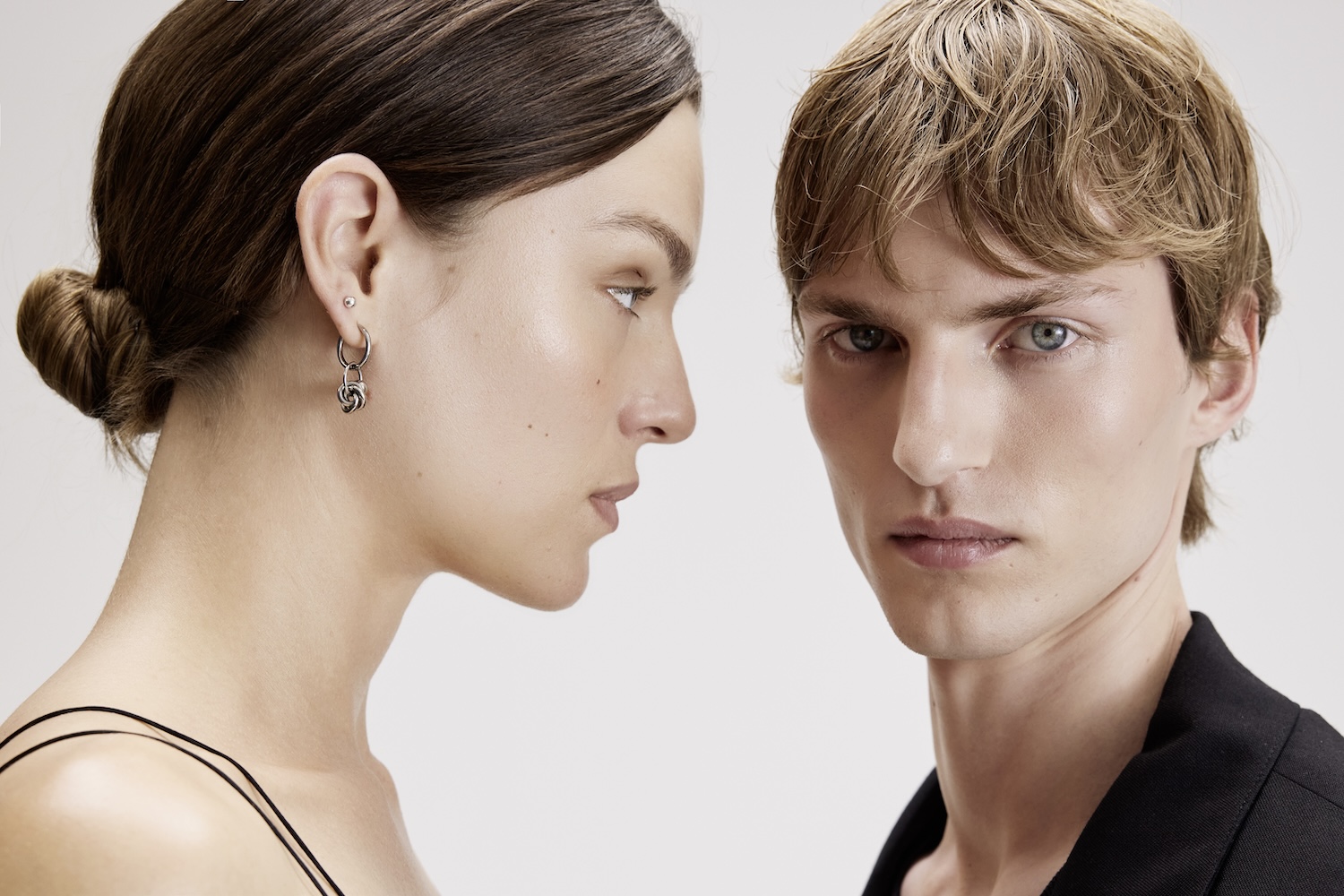
The health of the skin barrier has become the central obsession in high-performance skincare and a precise new German brand, SKŌUD Skin Health, is launching its debut collection to meet that demand.
SKŌUD is the culmination of years of clinical expertise. Founded by Dr. Nini Nielsen and Dr. Julia Mader, who have run a joint consulting agency for cosmetics companies since 2019, SKŌUD represents the first time their extensive research knowledge has been made accessible to the public under their own line.
The brand name itself is highly intentional: an acronym for Skincare Knowledge of Unique Definition, purposefully reminiscent of the word ‘Scout.’ It reflects their core mission to accompany, support and provide solutions that start at the very foundation of the skin.
This scientifically rigorous approach is evident in their debut launch, The Barrier Elementals Set. Designed to move beyond the traditional one-cream-fits-all model, this trio of complementary formulations functions as a modular system, addressing the fact that skin is dynamic and changes with seasons and stress.
All three products are grounded in a comprehensive four-component active system. Central to the line is the proprietary AERI5 complex, which works to stabilise the skin’s delicate microbiome, ensuring a balanced microbial environment. This advanced cellular approach is paired with biomimetic lipids – oils structurally identical to those naturally found in the skin. These lipids strengthen the barrier function by perfectly slotting into the skin’s matrix, acting as crucial mortar that keeps moisture locked in and external stressors out.
The Barrier Elementals set allows for flexible, precisely coordinated use. The routine begins with The Truth, a highly active, lightweight serum texture applied first. Following this is The Protection, a hydrating barrier cream best suited to normal or mildly dry conditions. Finally, The Bliss is the richest component, designed for intensive protection or increased lipid requirements, perfect for harsh weather or nighttime use. This progressive layering system means the products can be applied individually, combined or strategically layered, creating a truly customisable routine.
Available as a premium gift or discovery set in three 10ml glass travel sizes, SKŌUD is offering an elegant and healthy introduction to the next generation of personalised skin health, rooted firmly in clinical authority.
Discover more here.
photography. courtesy of Nadia Del Dò (portrait), Stephan Abry (product)
words. Gennaro Costanzo















